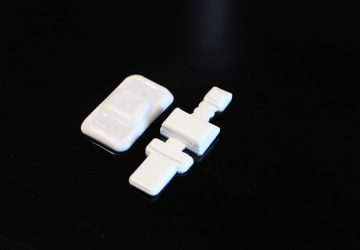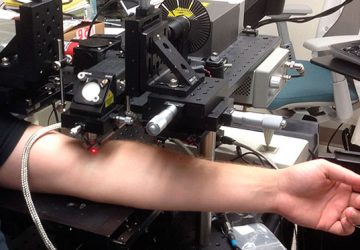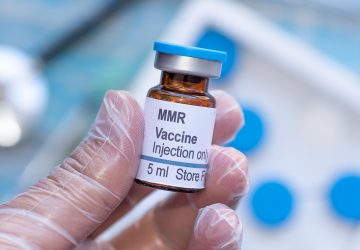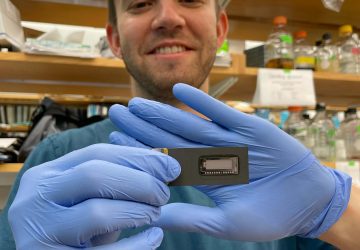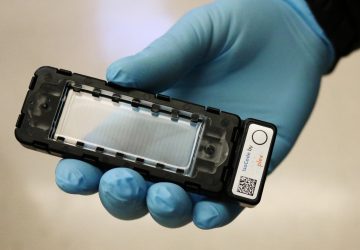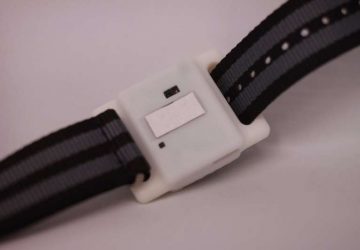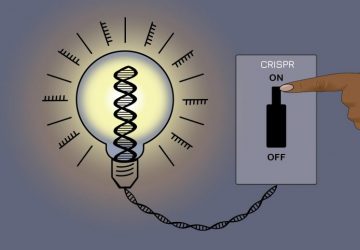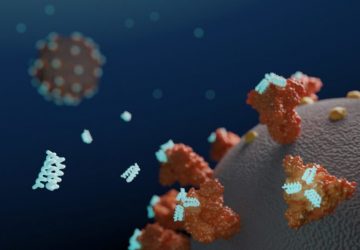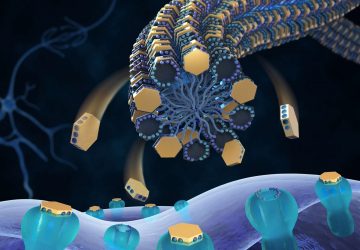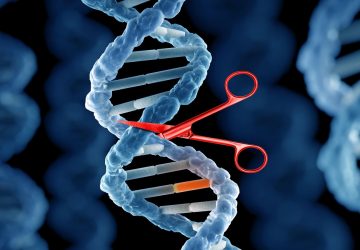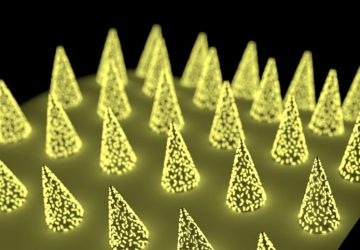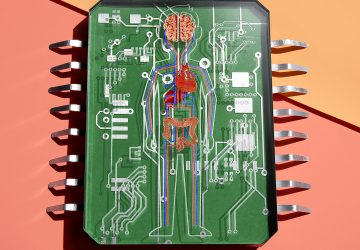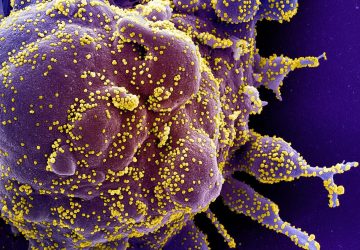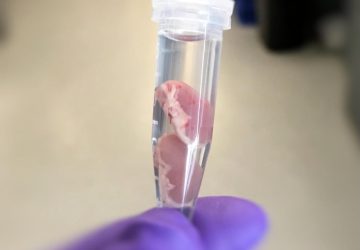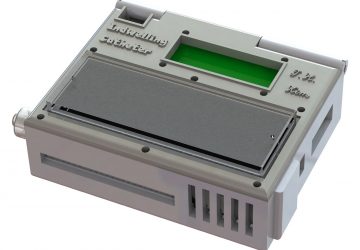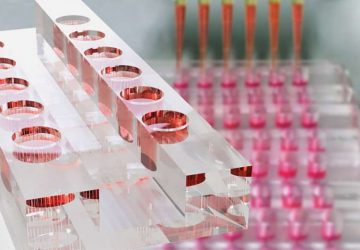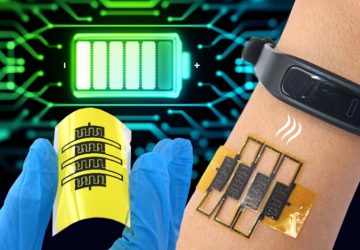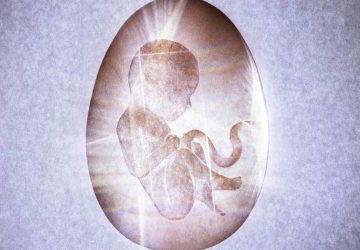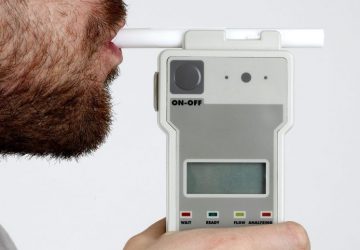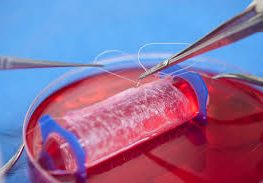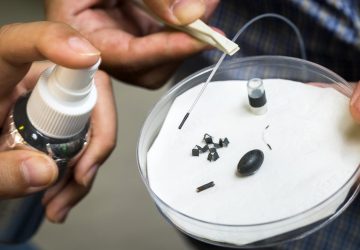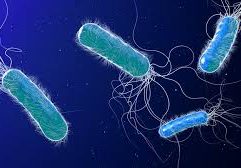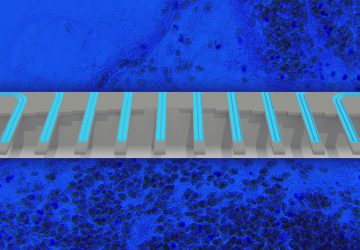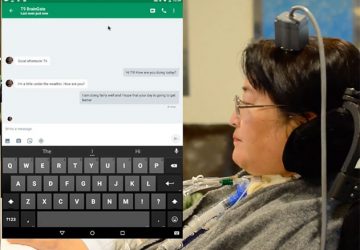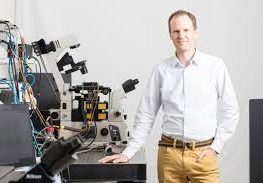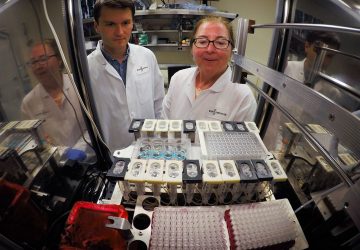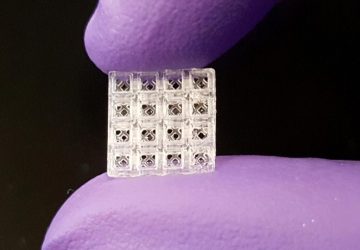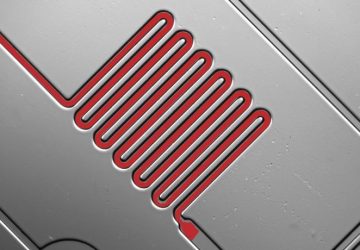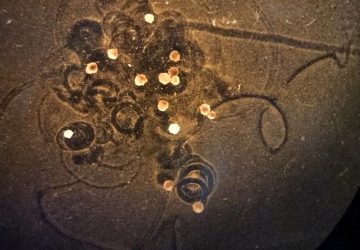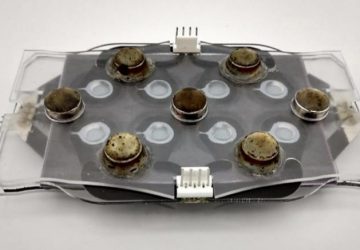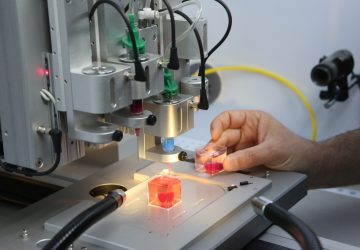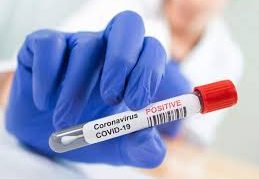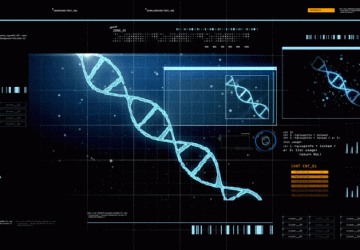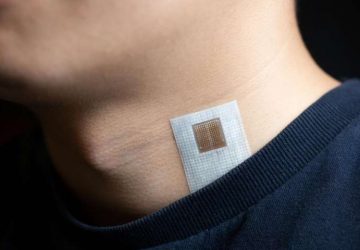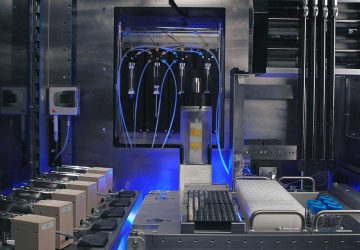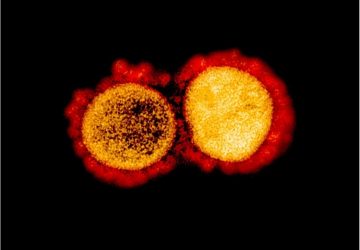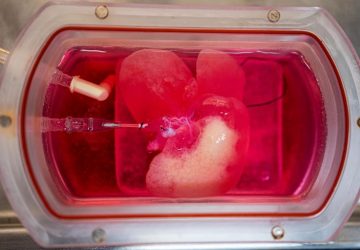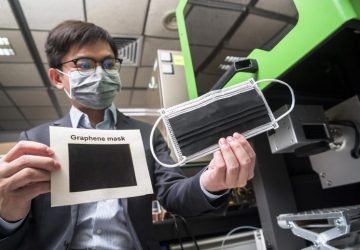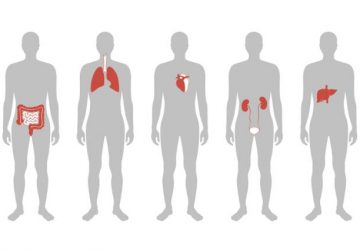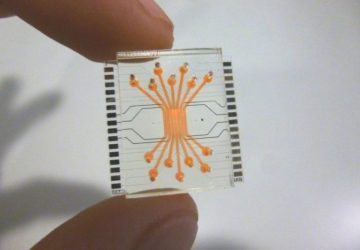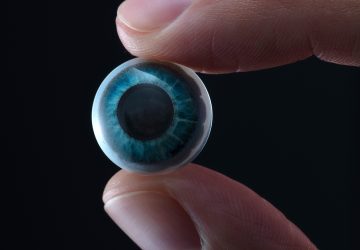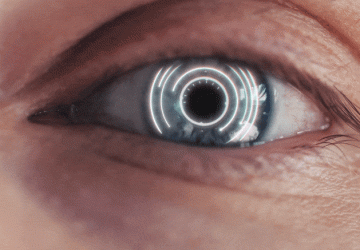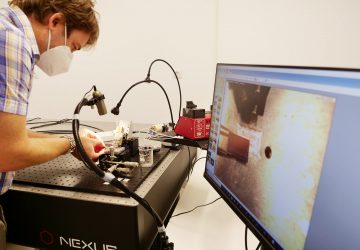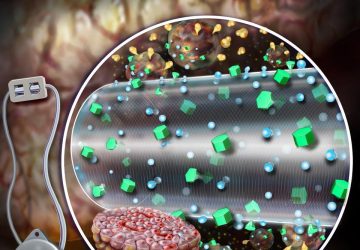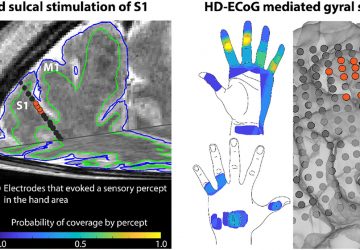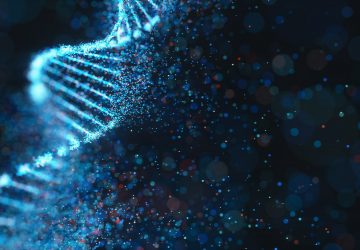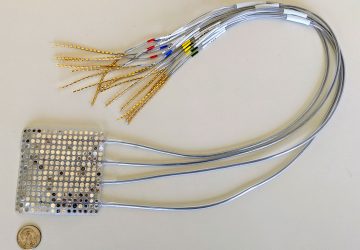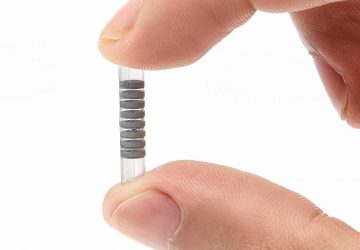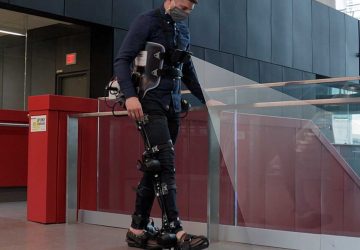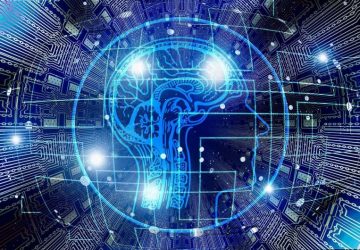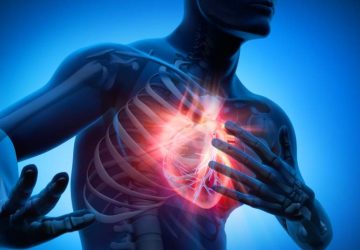Noninvasive ultrasound pulses used to precisely tweak rat brain activity Biomedical engineers at Johns Hopkins report they have worked out a noninvasive way to release and deliver concentrated amounts of a drug to the brain of rats in a temporary, localized manner using ultrasound. The method first “cages” a drug inside tiny, biodegradable “nanoparticles,” then activates its release through precisely targeted sound waves, such as those used to painlessly and…
Read MoreConserved role for ovo protein in reproductive cell development in mice and fruit flies
Conserved role for ovo protein in reproductive cell development in mice and fruit flies Germline cells are the only cells that develop into eggs or sperm, while somatic cells develop into the body. Progenitors of the germline, known as primordial germ cells (PGCs), differentiate into eggs or sperm after embryonic development. The expression of a select group of genes occurs in the PGCs of a number of different animal groups,…
Read MoreSynthetic nanoparticles achieve the complexity of protein molecules
Synthetic nanoparticles achieve the complexity of protein molecules Chemists at Carnegie Mellon University have demonstrated that synthetic nanoparticles can achieve the same level of structural complexity, hierarchy and accuracy as their natural counterparts – biomolecules. The study, published in Science, also reveals the atomic-level mechanisms behind nanoparticle self-assembly. The findings from the lab of Chemistry Professor Rongchao Jin provide researchers with an important window into how nanoparticles form, and will…
Read MoreNew stem cell technique shows promise for bone repair
New stem cell technique shows promise for bone repair A recent study, affiliated with UNIST has developed a new method of repairing injured bone using stem cells from human bone marrow and a carbon material with photocatalytic properties, which could lead to powerful treatments for skeletal system injuries, such as fractures or periodontal disease. This research has been jointly conducted by Professor Youngkyo Seo of Life Sciences and Dr. Jitendra…
Read MoreStudy shows that nanoparticles serve as a good tumor deoxygenation agent
Study shows that nanoparticles serve as a good tumor deoxygenation agent One target therapy in cancer research is to suffocate the tumor. Cells need oxygen to survive so researchers have focused on methods for cutting off the blood supply to the tumor. Very little research has involved the direct removal of oxygen within the tumor. To this end, a group of researchers from the Shanghai Institute of Ceramics, Chinese Academy…
Read MoreScientists create first stable semisynthetic organism
Scientists create first stable semisynthetic organism Life’s genetic code has only ever contained four natural bases. These bases pair up to form two “base pairs”—the rungs of the DNA ladder—and they have simply been rearranged to create bacteria and butterflies, penguins and people. Four bases make up all life as we know it. Until now. Scientists at The Scripps Research Institute (TSRI) have announced the development of the first stable…
Read MoreColorado State University engineers create blood-repellent surface for surgical implants
Colorado State University engineers create blood-repellent surface for surgical implants Medical implants like stents, catheters and tubing introduce risk for blood clotting and infection – a perpetual problem for many patients. Colorado State University engineers offer a potential solution: A specially grown, “superhemophobic” titanium surface that’s extremely repellent to blood. The material could form the basis for surgical implants with lower risk of rejection by the body. It’s an…
Read MorePig gene advance could boost sperm stocks from prized animals
Pig gene advance could boost sperm stocks from prized animals Gene-editing techniques could help to improve stocks of farmed pigs by boosting supplies of sperm from prized sires. Scientists have created male pigs that could be used as surrogates capable of producing sperm that contains the genetic blueprint of sought-after pigs. The surrogates have functional testes but do not have specialised stem cells that are required to produce sperm…
Read MoreResearchers move one step closer to regenerating heart wall using stem cells
Researchers move one step closer to regenerating heart wall using stem cells A process using human stem cells can generate the cells that cover the external surface of a human heart — epicardium cells — according to a multidisciplinary team of researchers. “In 2012, we discovered that if we treated human stem cells with chemicals that sequentially activate and inhibit Wnt signaling pathway, they become myocardium muscle cells,” said…
Read MoreGene-Edited Animals Face U.S. Regulatory Crackdown
Gene-Edited Animals Face U.S. Regulatory Crackdown Researchers transforming animals with the latest genome-engineering tools may be disappointed by draft rules released by the US Food and Drug Administration (FDA) on January 18— two days before US President Barack Obama leaves office. It is not clear how the administration of incoming president Donald Trump will carry the proposals forward, however. The most controversial of three proposed regulations declares that all…
Read More
